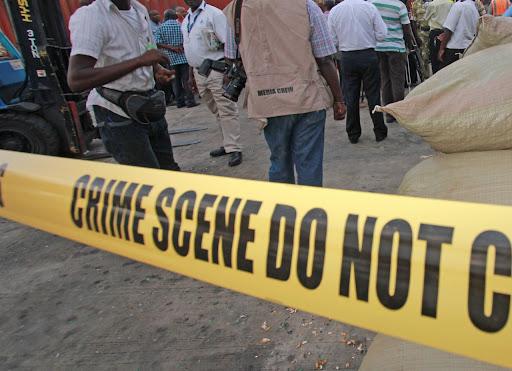.jpg&w=3840&q=75)

Details have emerged of a biting cash crunch in President William Ruto’s administration amid a huge debt that continues to take a toll on operations.
The government is struggling to fund its running expenses as a chunk of the available money is channeled towards payments of debt.
The Star has established the National Treasury has been forced to borrow expensive loans, including from Kenyans, to fund some of its crucial operations including funding the county governments and repaying maturing loans.
“The demand on available funds is just far too high. Any monies we collect or borrow is utilised immediately in the repayment of maturing loans and other pressing needs,” Controller of Budget Margaret Nyakang’o said.
An exclusive Treasury report on the status of receipt and exchequer issues as of Wednesday paints a gloomy picture of government in the red.
In the report that covers four months – July to October 29 – expenditure on debt repayment has overtaken the cost of running government in what exposes the deep cash crisis that has hit the Kenya Kwanza administration.
In the four months, the government spent Sh395.57 billion on debt repayment.
This translated to 45.4 per cent of the 1.91 trillion allocated for debt repayment for the entire year and 39.2 per cent of the total exchequer issues.
Debt repayment is the single-biggest government expenditure line over the period.
This is compared to Sh394.81 billion incurred on recurrent expenses, or 39.1 per cent of the exchequer issues over the period.
Recurrent expenses include payment of salaries, operations and maintenance.
The expenditure on debt is more than five times the amount spent on development.
Ordinarily, the cost of recurrent expenses takes up the biggest chunk of government revenues.
According to the Treasury report, the development cost was Sh74.90 billion.
The government has borrowed Sh260.90 billion since the beginning of the financial year.
The loans include Sh231.65 billion borrowed from the domestic market and Sh29.24 billion secured from external sources.
Over the period, the government received income of Sh1.01 trillion comprising Sh1.16 billion from the previous fiscal year, Sh746.30 billion in tax and non-tax revenue, Sh260.24 billion from loans and Sh4.84 billion other domestic financing.
The current public debt stock is nearing the Sh11 trillion mark.
Huge budget deficits over the years, shrinking ordinary revenue, increasing needs and apparent fiscal indiscipline have condemned the government to massive borrowing.
Eurobonds, syndicated commercial loans and bilateral loans especially from China form the bulk of the country’s public debt.
The country’s cash crisis has been worsened by the withdrawal of the Finance Bill, 2024, which saw the government forgo more than Sh350 billion in revenue following the Gen Z protests.
As of June, Kenya’s public debt stock was Sh10.6 trillion, which is 70 per cent of the country’s GDP.
This is a 2.9 per cent increase from June 2023, when the public debt stock was Sh10.3 trillion.
The revelations expose the deepening debt crisis eating into government resources and starving crucial programmes and projects initiated by the state.
The report shows the expenditure on debt is more than fi ve times the amount spent on development over the period.
According to the report, the state has spent Sh74.90 billion on development since July 1.
This is more than five times less than the amount spent on payment of debt over the period.
The disclosure lifts the lid on the slow pace of development by the government.
Over the period, the county governments received Sh94.42 billion – about five times less than what debt repayment has gobbled.
The devolved units are currently in their third month without receiving funds from the National Treasury.
Last month, the Treasury released funds for July.
On Wednesday, the Star established that the National Treasury was forced to issue bonds – borrowing from the public – to raise funds it sent to the counties for July.
A bond is a debt security that allows an investor to lend money to a company or government in exchange for interest and the return on the original investment.
In September, Treasury CS John Mbadi told senators the country was operating on a tight fiscal space due to low ordinary revenue collection and a shortfall of at least Sh316.7 billion in the previous financial year leading to budget cuts across both levels of government.
The CS told the senators that out of the Sh2.63 trillion working budget, debt servicing alone takes Sh1.1 trillion, non-discretionary expenditures excluding payment of salaries gobbles up Sh190.4 billion, Sh750 billion goes to salaries and wages monthly leaving the exchequer with only Sh531 billion.
Out of the remaining amount, Sh380 billion is set to be disbursed to counties leaving only Sh151 billion for other programmes like the National Government Constituency Development Fund and National Government Affirmative Action Fund, among others.
“This means we have been borrowing to fi nance recurrent expenditure, which is unconstitutional and immoral. We must stop this and live within our means,” Mbadi said.











